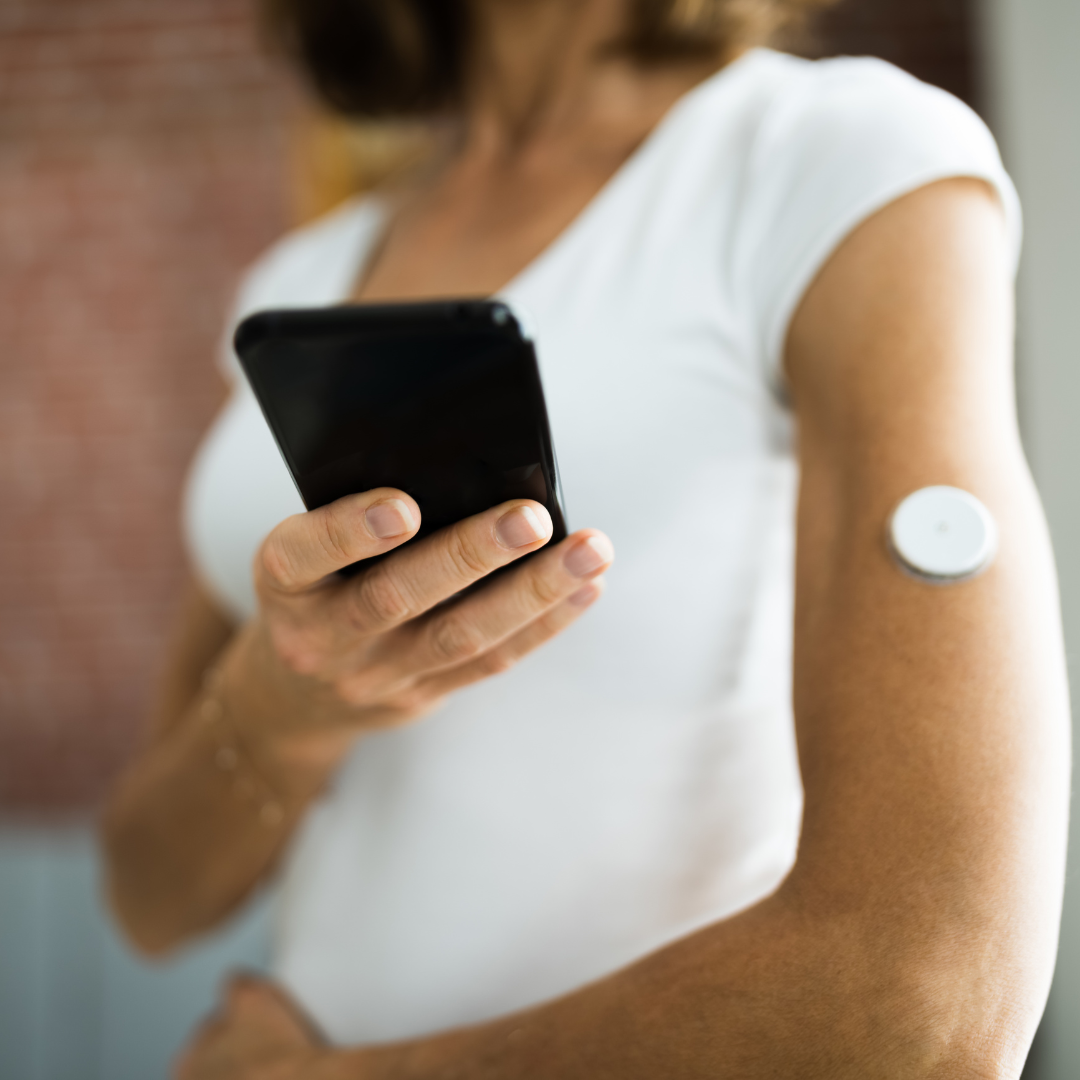In the United States, more than 6 million people are living with the Alzheimer’s disease and this number is projected to rise to nearly 13 million by 2050. In 2025, the number of people aged 65 and older living with Alzheimer’s in Texas is expected to reach 490,000 – a 22.5% increase from 2020.
New research shows that the earlier someone is diagnosed with type 2 diabetes, the higher chance they have of developing dementia. This Alzheimer’s Awareness Month, we’re taking a closer look at the connection between diabetes and dementia.
It’s estimated that up to 81% of people living with Alzheimer’s have type 2 diabetes. While the exact reasons behind this link are still unknown, this connection may be due to hyperglycemia caused by insulin resistance, or when your body cannot use the insulin, it produces properly to reduce the sugar in your blood. A recent study found that chronic hyperglycemia impacts parts of the brain that form and retrieve memories.
There are other potential contributing factors of diabetes that can lead to dementia, including:
- The increased risk of heart disease and stroke with diabetes, which can lead to damaged blood vessels in the bran and contribute to cognitive decline;
- Unbalanced chemicals in the brain due to too much insulin; and
- Inflammation due to high blood sugars that may damage brain cells
“The link between diabetes and dementia is an important area of research given our rapidly aging population,” explains board certified endocrinologist Dr. Ishita Prakash Patel. “If diabetes is found to be an independent risk factor for dementia development, we need to put more focus on diabetes prevention, both at an individual and societal level.”
Dr. Patel says it is more important than ever to form healthy eating and exercise habits at a young age to prevent obesity and the development of type 2 diabetes.
“Taking ownership of one’s health by changing unhealthy habits is the most important thing a person can do for themselves,” Dr. Patel says.
To decrease your risk of developing type 2 diabetes, there are a few steps you can consider:
- Develop healthy eating habits;
- Incorporate additional exercise into your routine;
- Quit smoking; and
- Join our NextStepMD program, which is designed to help our patients lose weight, maintain weight loss, and gain better control of their health.
At Texas Diabetes and Endocrinology, we offer a comprehensive range of diabetes services and are committed to helping our patients gain better control of their health. Contact us today to learn how we can help you manage your diabetes and reduce your risk of developing dementia.
Don’t forget to follow us on Facebook and Instagram and check back with us each month as we provide you helpful wellness and health information.





